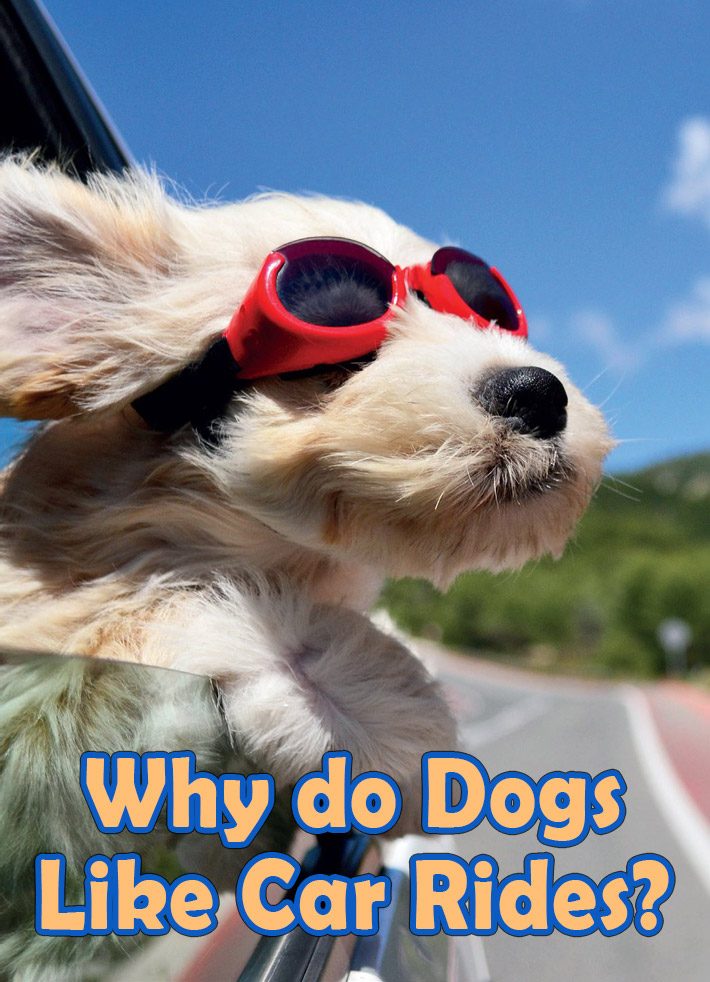
The jangle of car keys or the mere sound of the word “ride” can send some dogs into paroxysms of happiness. There’s frantic dancing and joyful bouncing until the car door opens, then an ecstatic leap inside for a ride of what must seem like pure euphoria.
There doesn’t appear to be a lot of research about why so many dogs enjoy car rides, but many dog owners have witnessed the glee firsthand. Experts surmise it may have to do with things like the smorgasbord of smells or simply who’s in the car with them.
Stanley Coren, dog behaviorist and professor of psychology at the University of British Columbia, points out that dogs have 225 million olfactory receptacles in their noses, compared with the mere 50 million we have.
“If you crack the window,” Coren tells the Globe and Mail, “a dog gets a kaleidoscopic view of the world through his nose, as the scents are changing all the time. We [humans] are visual animals … A dog lives through his nose.”
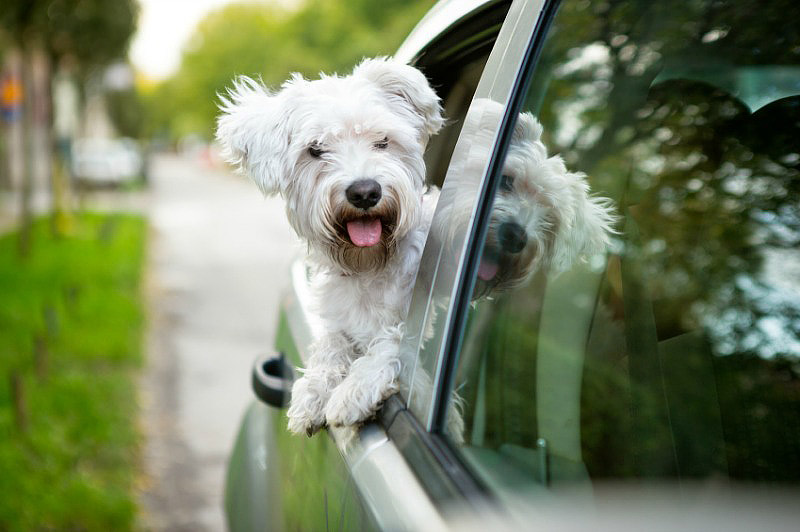
Imagine the smells he’s picking up as you zip out of your neighborhood, past parks and restaurants, schools and businesses, and places where lots and lots of other dogs have been.
“I’m not sure they’re getting a high, per se,” Dr. Melissa Bain, a veterinarian at the University of California, Davis, tells Car and Driver. “But they are getting a lot of input at higher speed.”
Plus, it may just feel good.
But it may not be just the smells that dogs like when they’re in the car.
Vermont dog trainer Kevin Behan believes dogs like being in the car because it stirs up feelings of being on the hunt. When your dog is in the car with his “pack” — the people he’s bonded with — and you’re all swaying and moving together and facing the same direction, this synchronized motion can give your dog the feeling that he’s part of a group that’s on the hunt, Behan says.
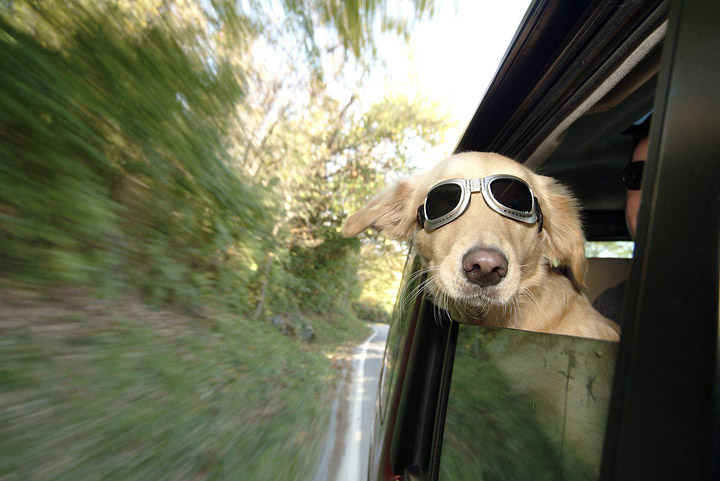
Behan explains that some dogs are so overtaken by this urge that they think the animals and objects they see outside the window are prey. Once they get out of the car, they need to get rid of all that energy:
“For some dogs the feeling can grow so strong that when their emotional or carrying capacity is exceeded, they strike at things going past. This is when the prey instinct, an automatic, hardwired reflex, takes over in order to make the kill. (We need to remember that it’s only in our mind that a dog on a sidewalk is motionless relative to the dog in the moving car. For the dog in the car, the dog on the sidewalk is moving 30, 40 or 50 mph and that’s a pretty fast prey animal.) Some dogs have a higher carrying capacity and can retain a feeling of arousal for the potential moment in the future when they will be let out of the car so as to express the internalized energy in a concrete way, such as running around, rolling on the ground, playing Frisbee or going for a hike with their owner.”
Although there could be serious hereditary instincts kicking in when your pup vaults into the backseat, the explanation might be simpler, says Dr. Brian Hare, Duke University associate professor of evolutionary anthropology and founder of the Duke Canine Cognition Center. Your pup likely has figured out that a car ride usually means you’ll end up somewhere interesting.
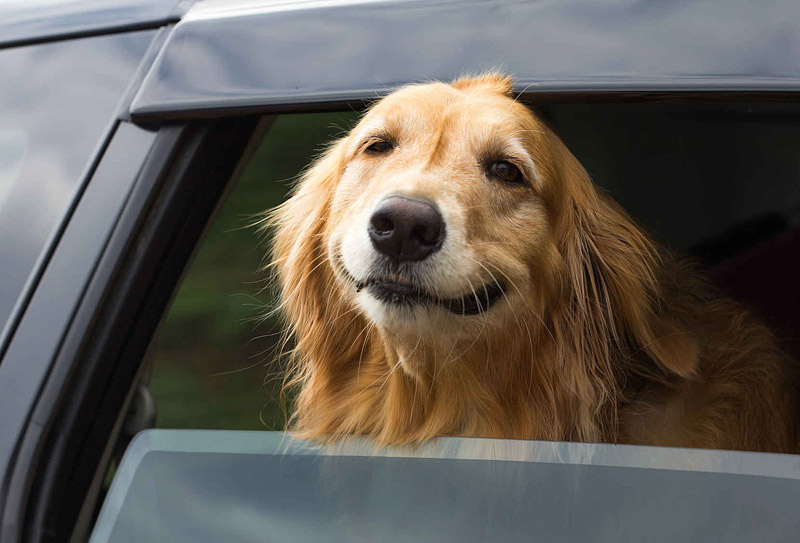
At the very least, he tells Car and Driver, “dogs associate the car with a good outcome: ‘When I get in this thing, good things happen.’ At the most they understand that they’re going somewhere.”
But the other good part? They’re just happy to be going somewhere with you, Hare says.
“If you give dogs a choice between being with a person or with other dogs, dogs prefer to be with people.”


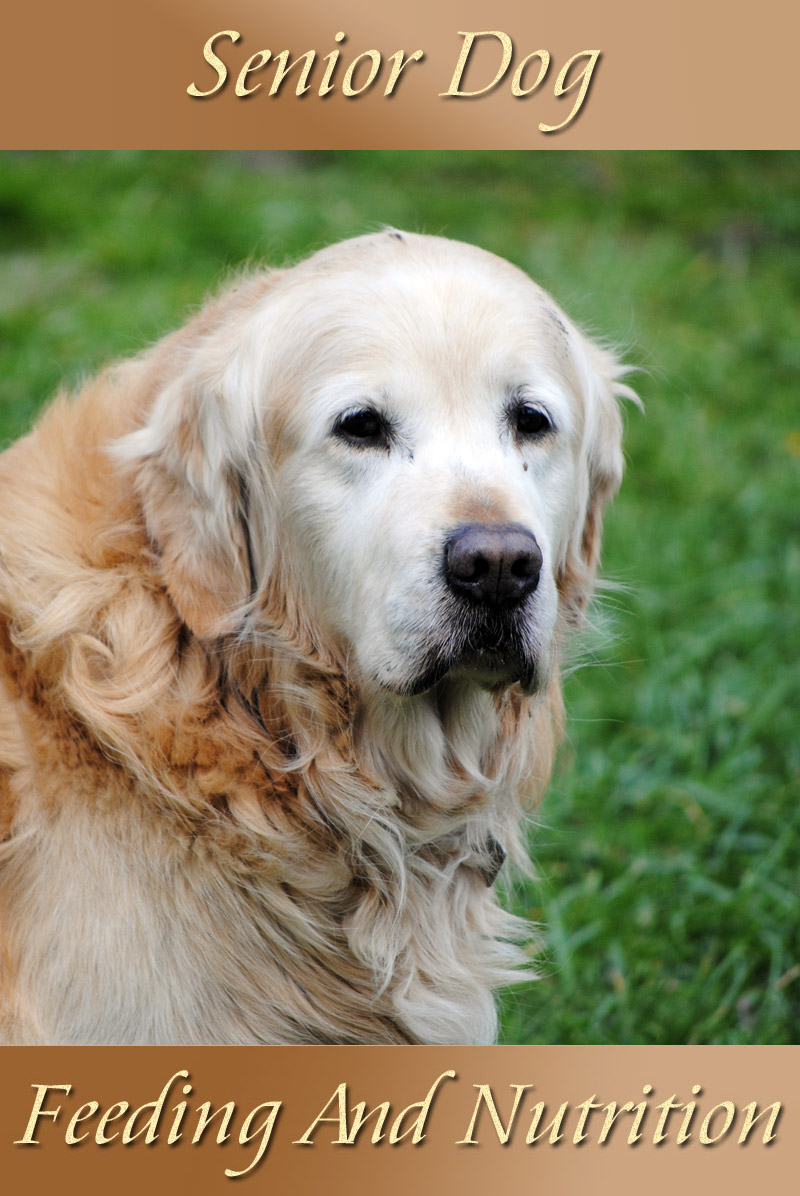

Leave a Reply